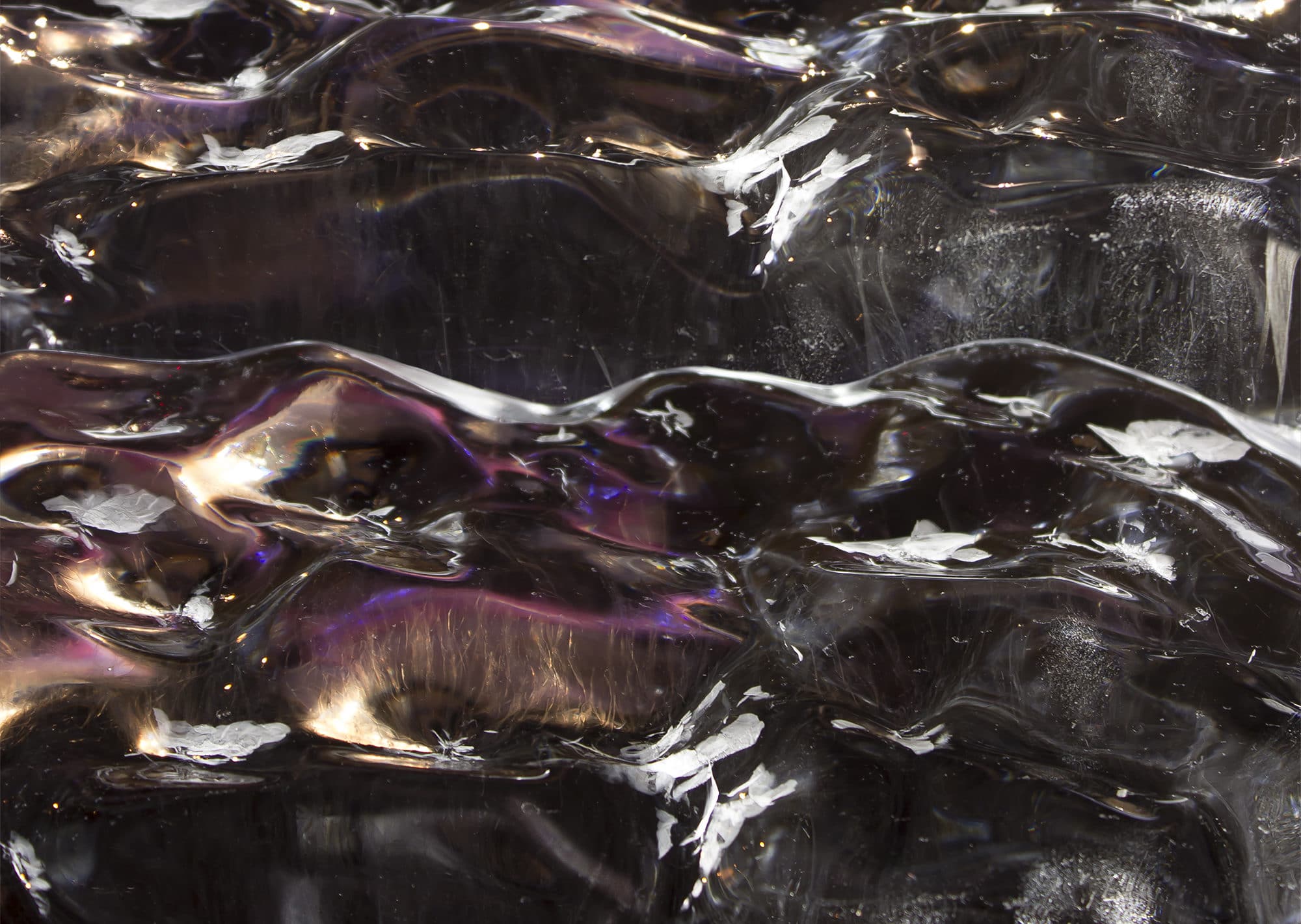“Everybody talks about the weather but nobody does anything about it…” goes the old cliché passed from weather-stricken farmers of the agrarian past to the increasingly troubled present.
“Take an object. Do something to it. Do something else to it,” said the artist Jasper Johns in explanation of his creative impulse. And so, in their Borrowed Time sculptures, the artists Nora Ligorano and Marshall Reese have taken… ”an object and done something to it and done something else to it” to try to do something about the weather. As Johns presented a Four Seasons ensemble of paintings, they instead present four clocks.
Ligorano and Reese’s four clocks might represent the Ancients’ Four 4 primary elements – Earth, Air, Fire, and Water. With shifting lenticular views of idyllic scenes transformed into disasters, these life-giving elements transform themselves into 4 vengeful Horsemen of the Apocalypse – Drought; Wind; Fire; Flood.
With their 21st century digital timepieces Ligorano and Reese echo Man Ray’s early 20th century analogue metronome Object To Be Destroyed. Affixed to the needle of the metronome, the focal eye of Man Ray’s loved one, symbol of a perfect world, clicks back and forth daring to be destroyed. These digital clocks patiently count down the minutes between the beautiful world seen from one angle on the clock face to the certain destruction of it that we discover in the shift of the lenticular screen images as we pass by.
The tick tock aspect of Ligorano and Reese clock hands is akin to the rhythm Freud identified in the repetitious “Fort – Da” or “Da – Fort” (Here – gone) binary game concept that fascinated his 18-month old grandson and that Freud wrote about in Beyond the Pleasure Principle. Freud considered this a method of mastering a painful experience by reproducing it oneself in an active manner, as children so often do, when playing frightening games. And so, here we find the most essential plot trajectory of all, calmly presented by Ligorano and Reese as an apocalyptic version of a children’s game.
None of us would kill ourselves by suddenly plunging into a pool of boiling water, though it has been demonstrated in (now condemned) science labs and thriller movies that a frog will sit calmly in a pan of water as it is slowly heated, a degree at a time, until the frog is boiled to death. Of course, we’re not frogs, but Ligorano and Reese’s clocks ticking one degree at a time ask us to consider “doesn’t the water seem to be getting warmer?”
Borrowed Time at Jim Kempner Fine Art, September, 2023
